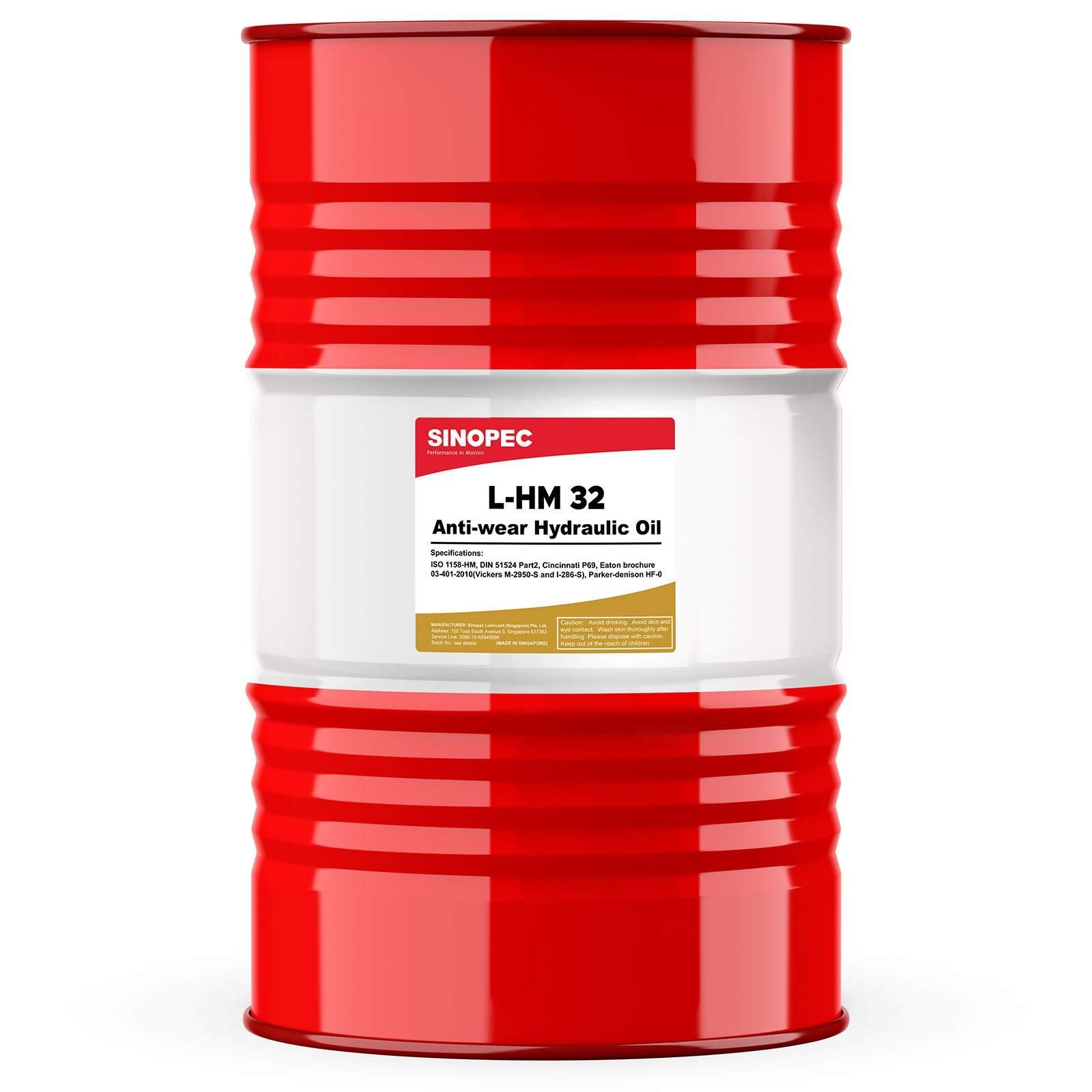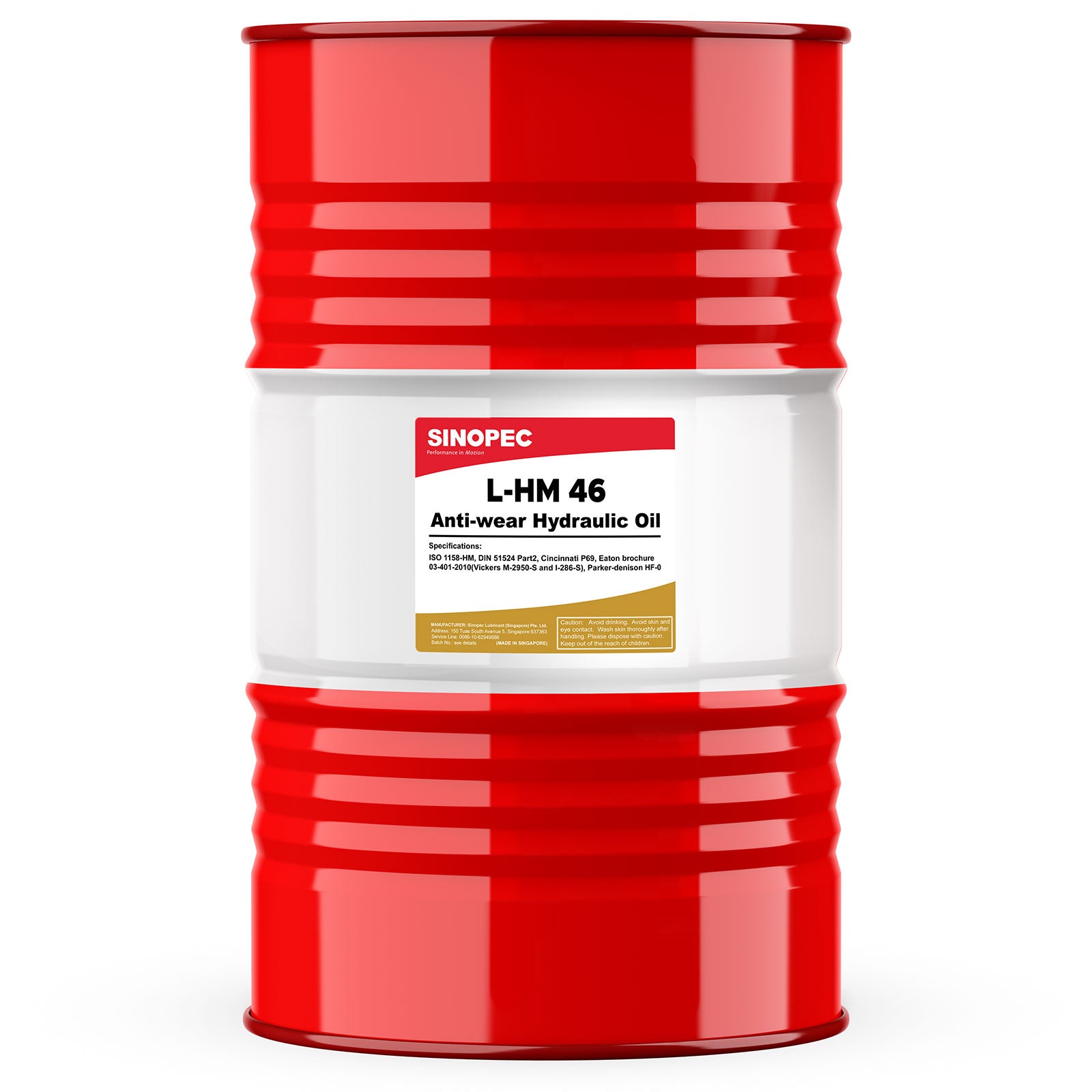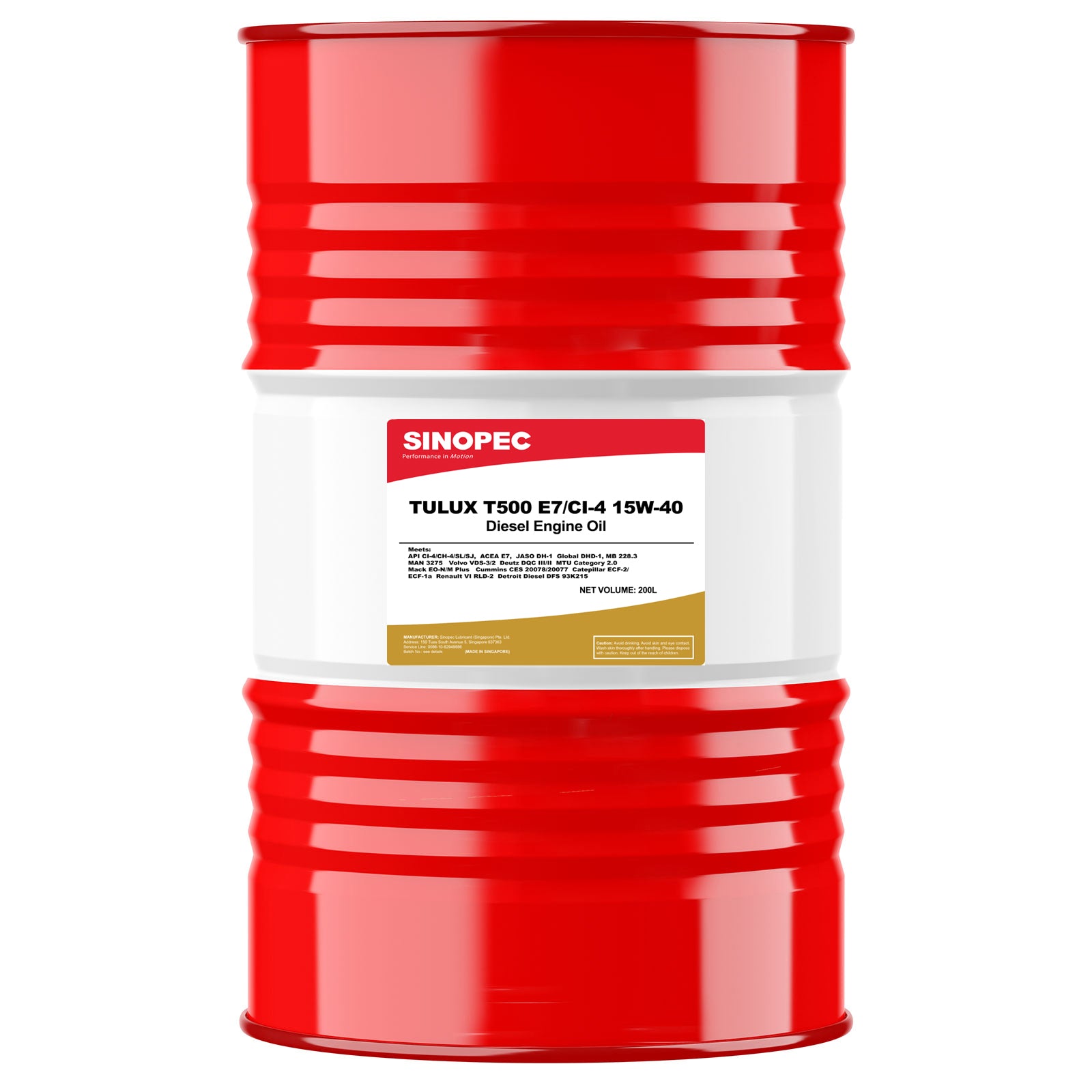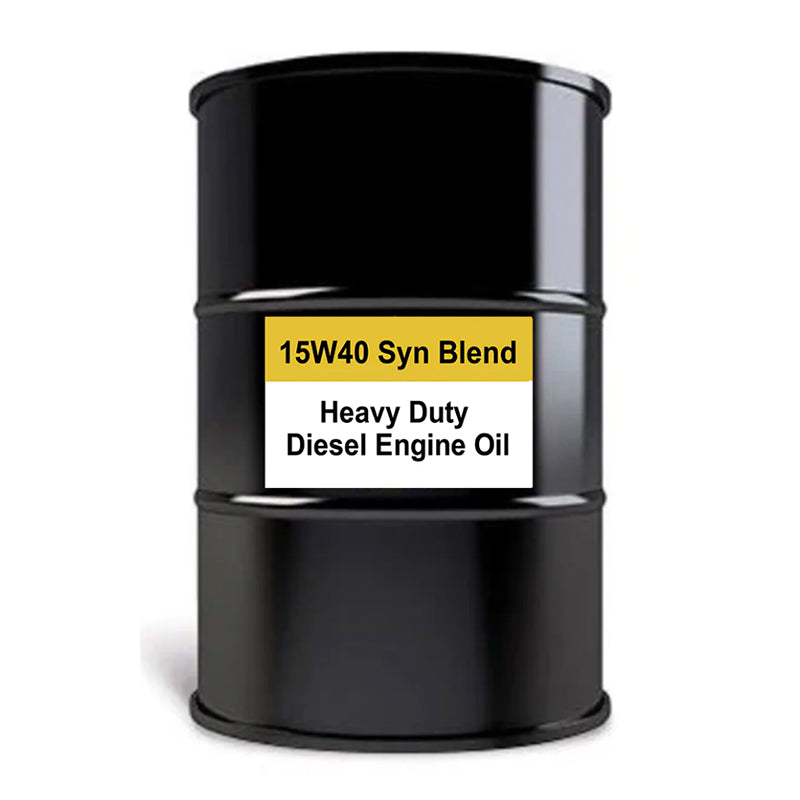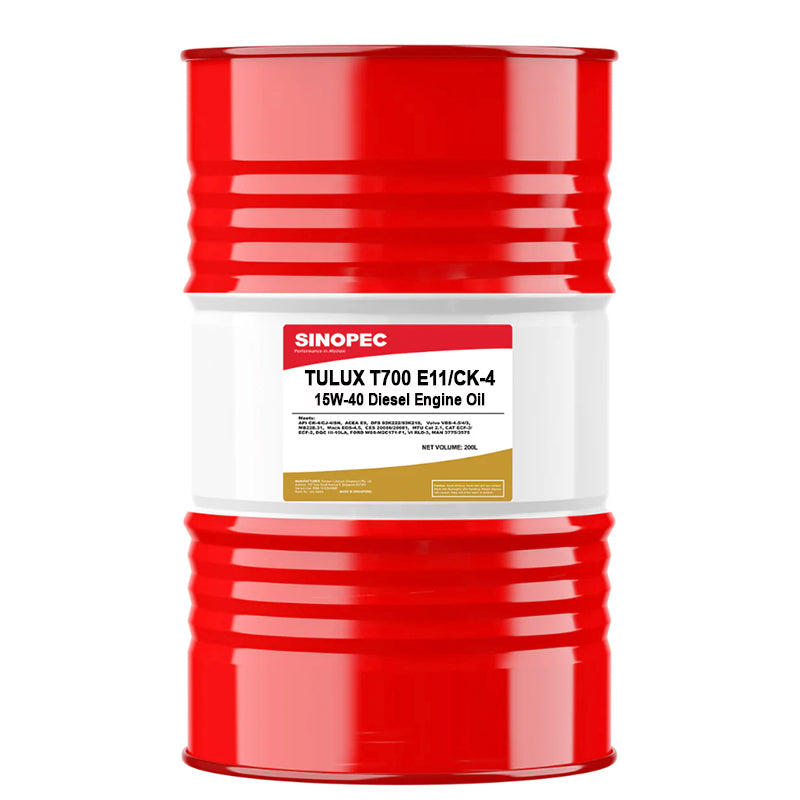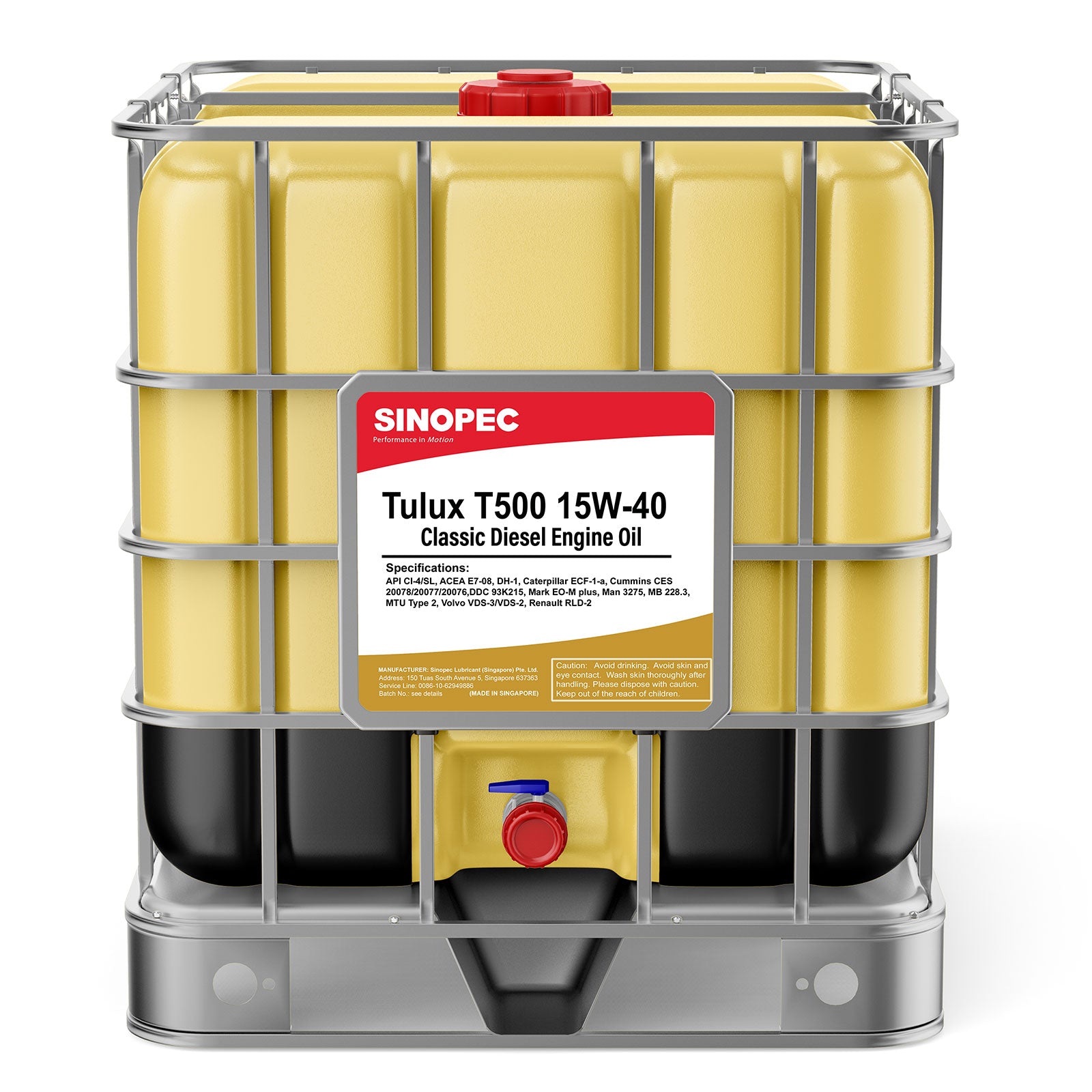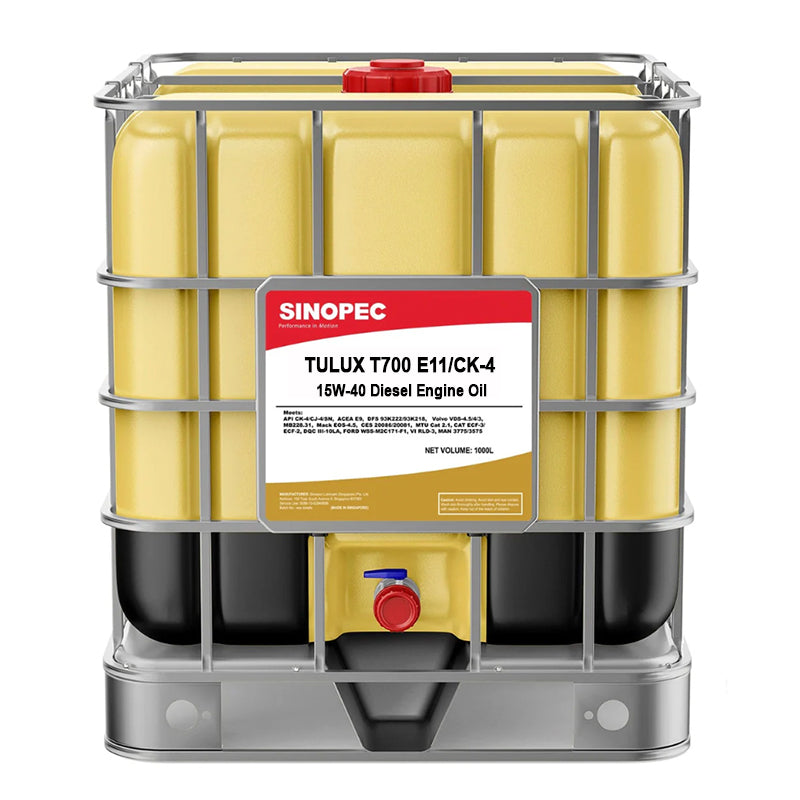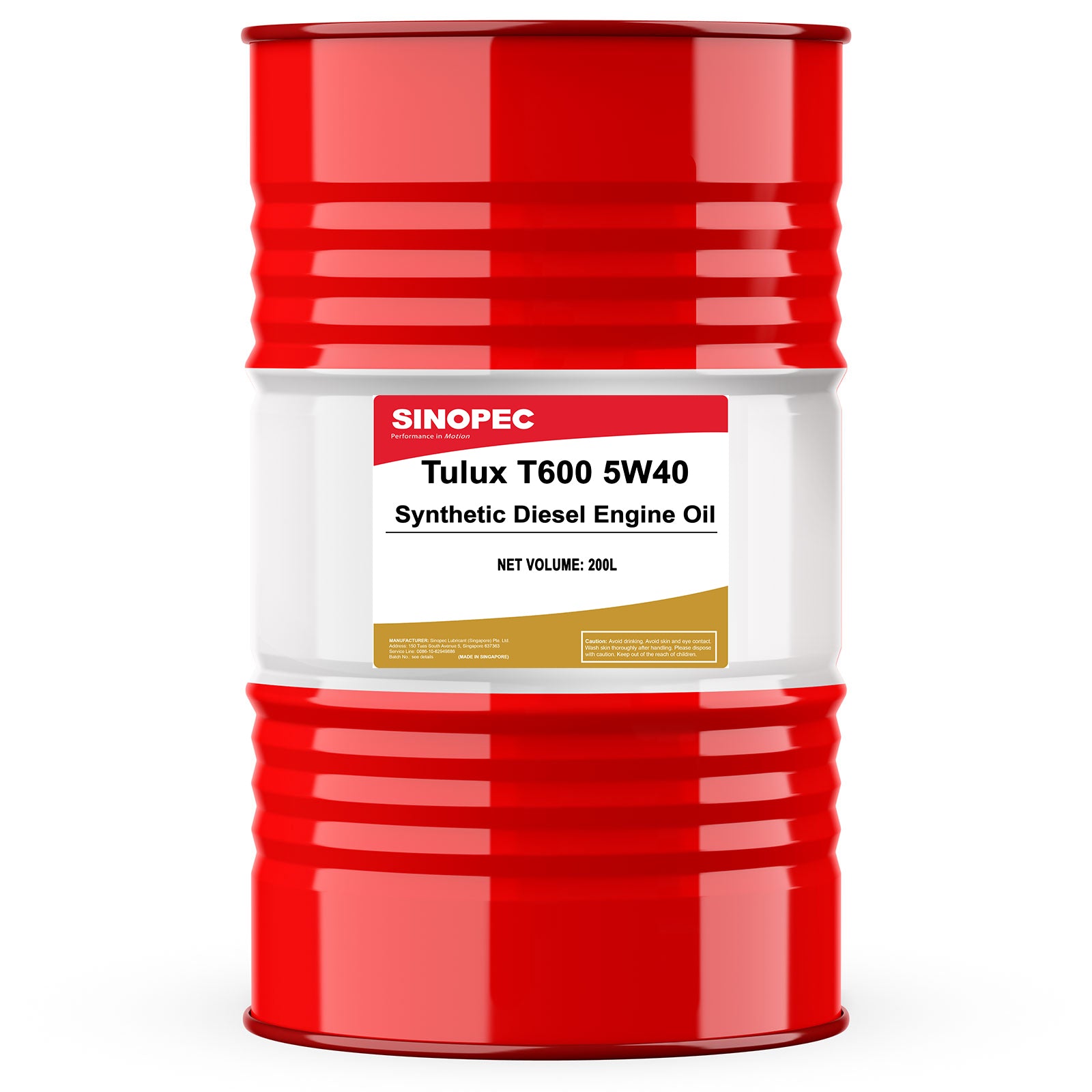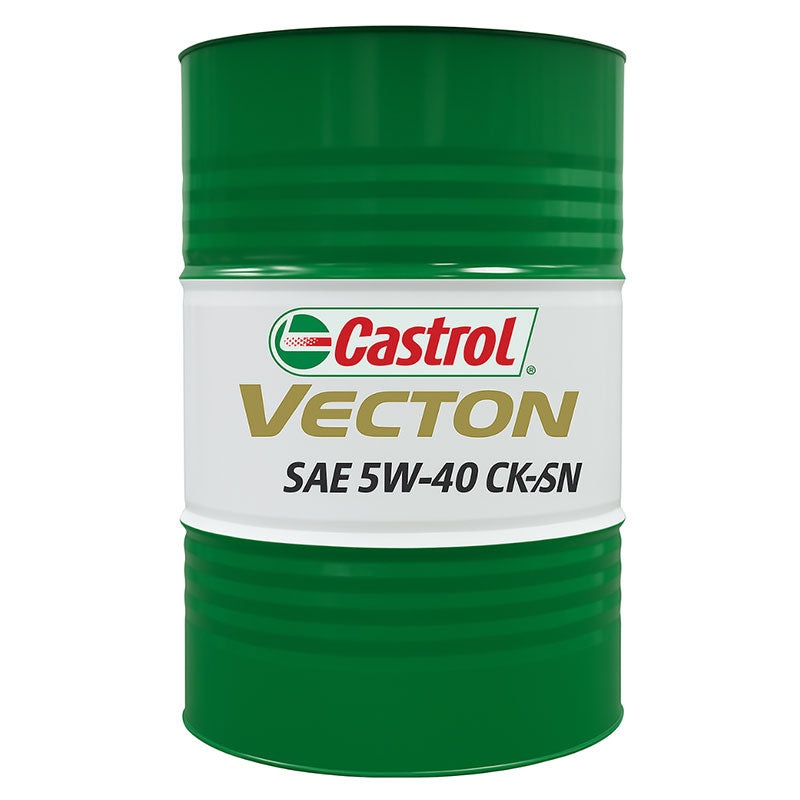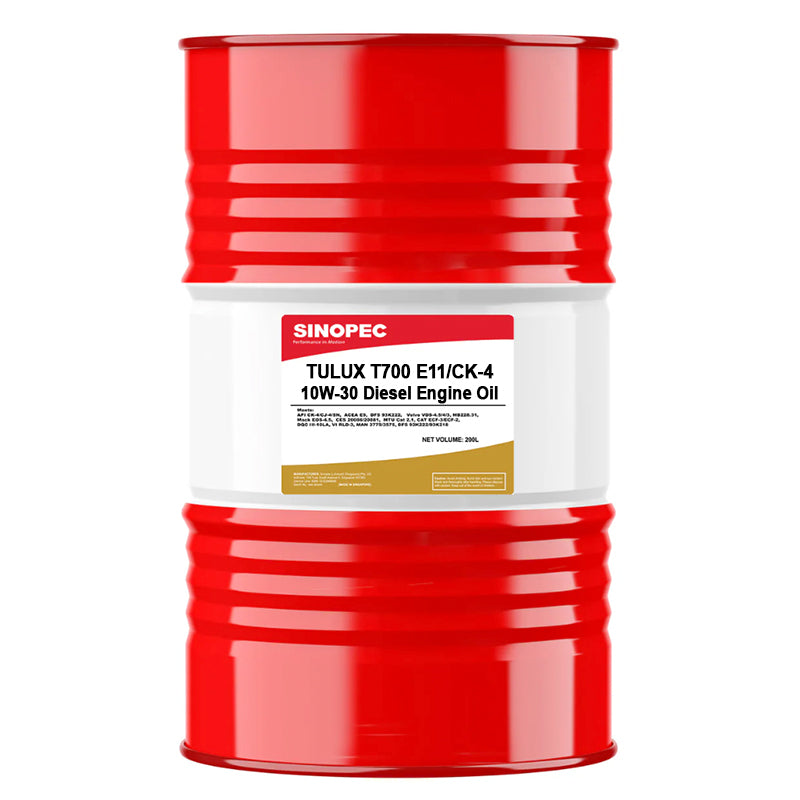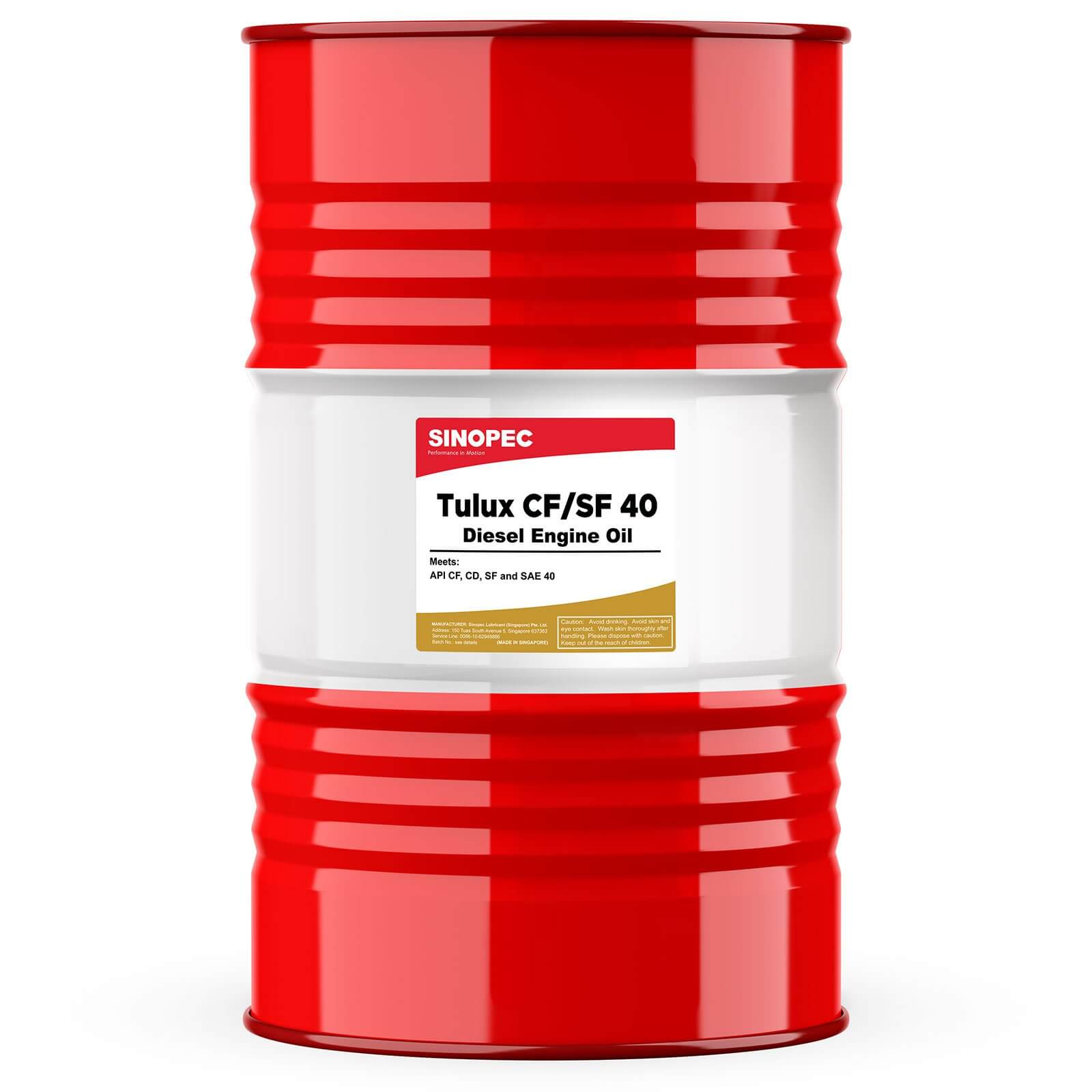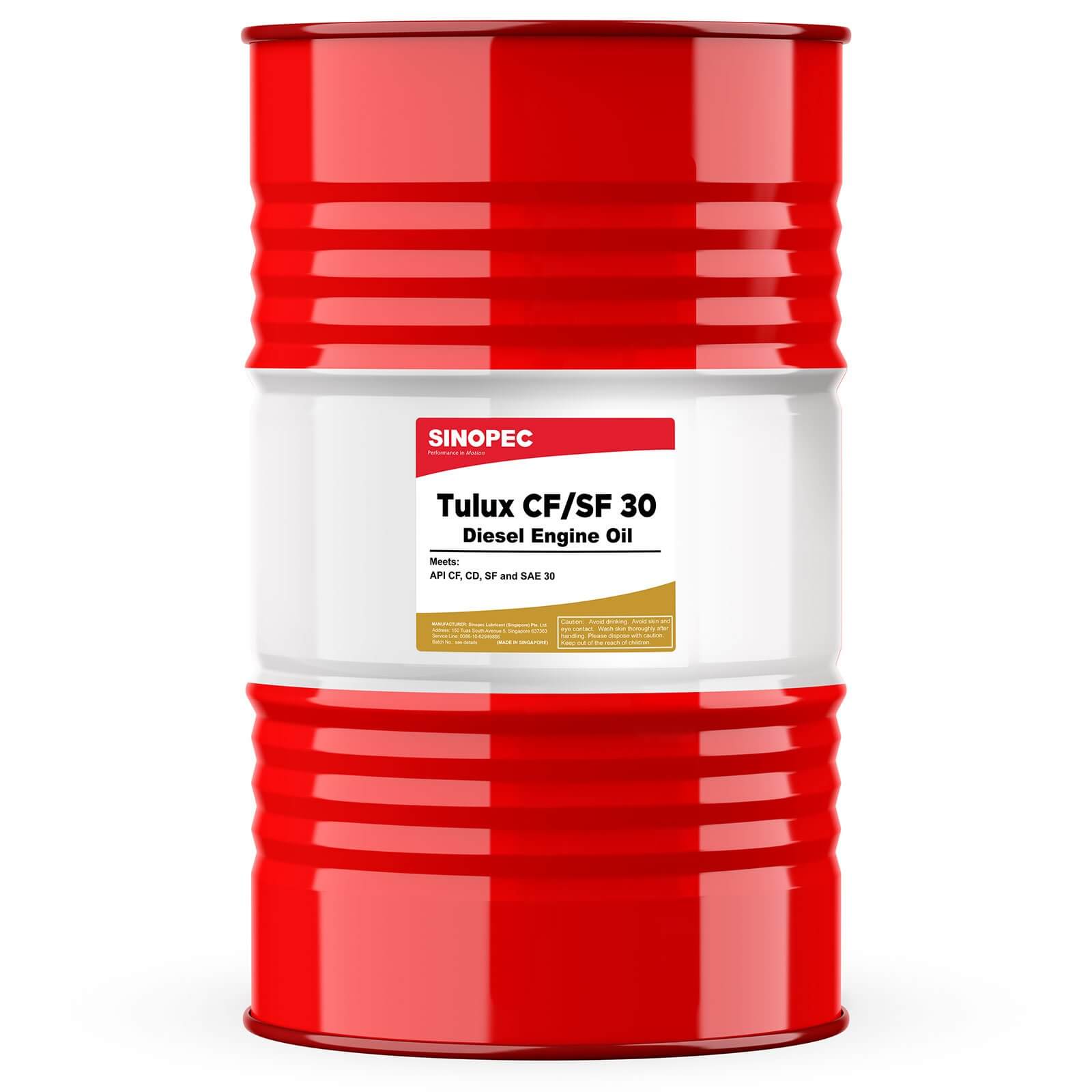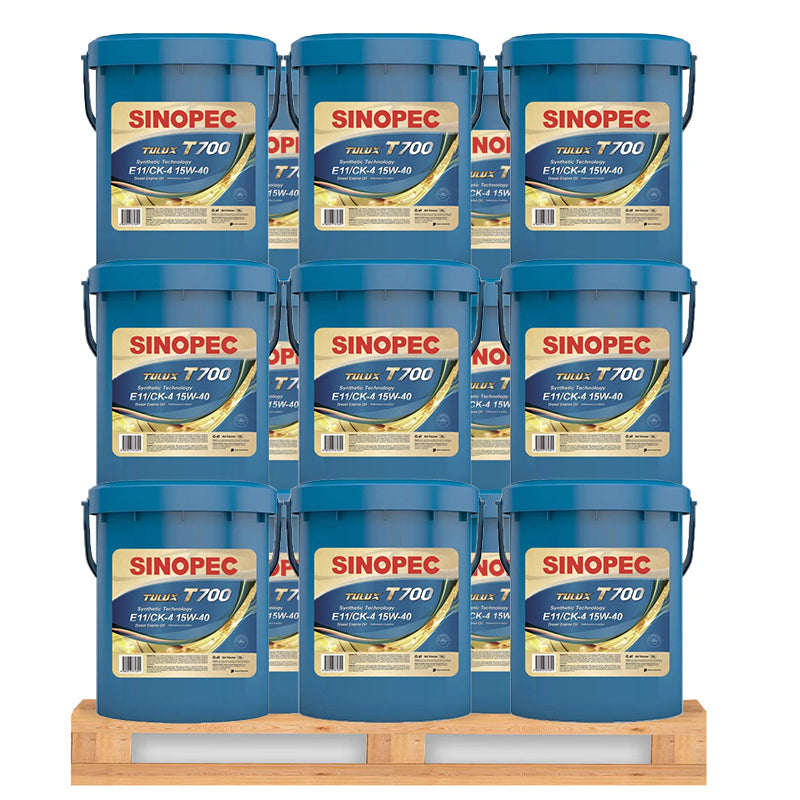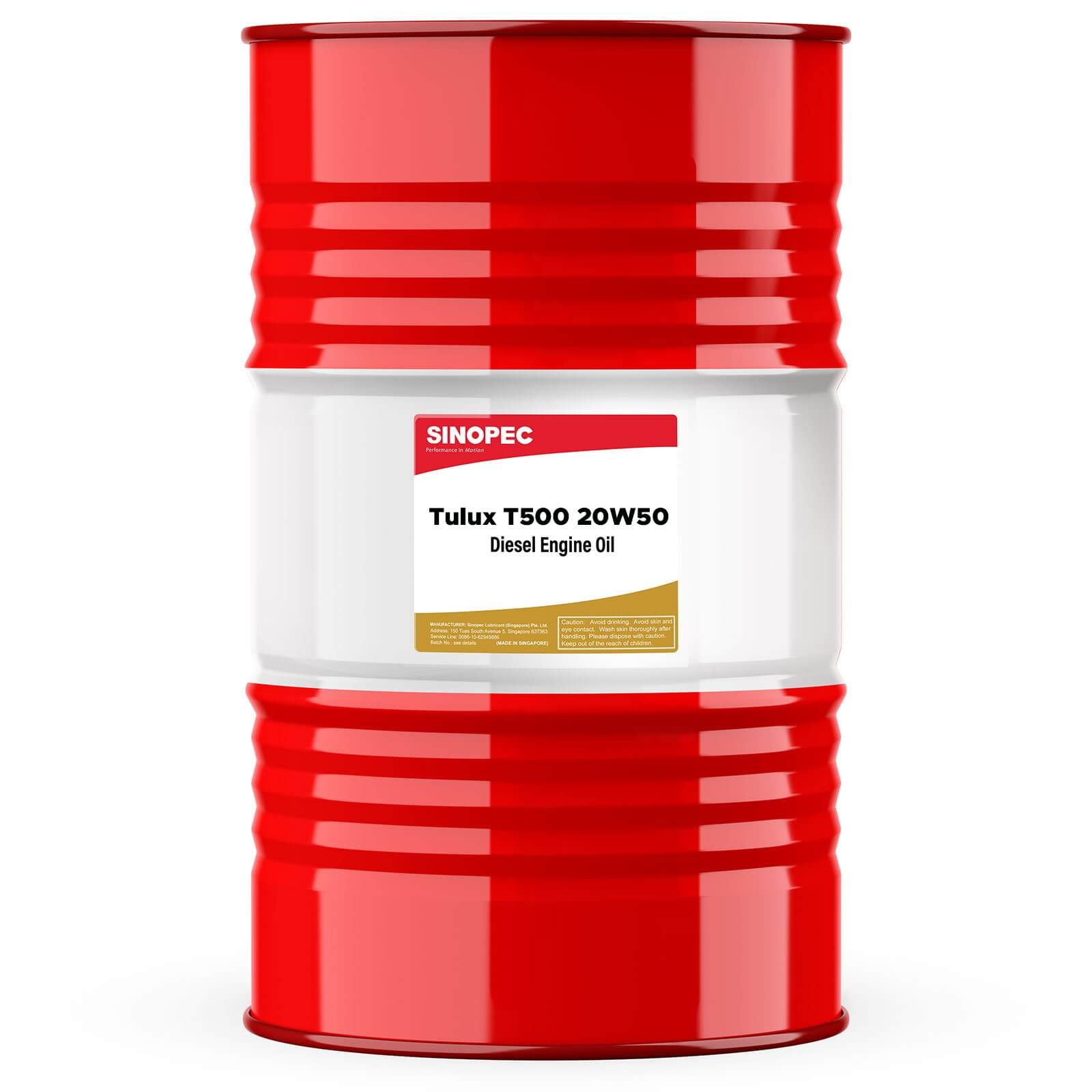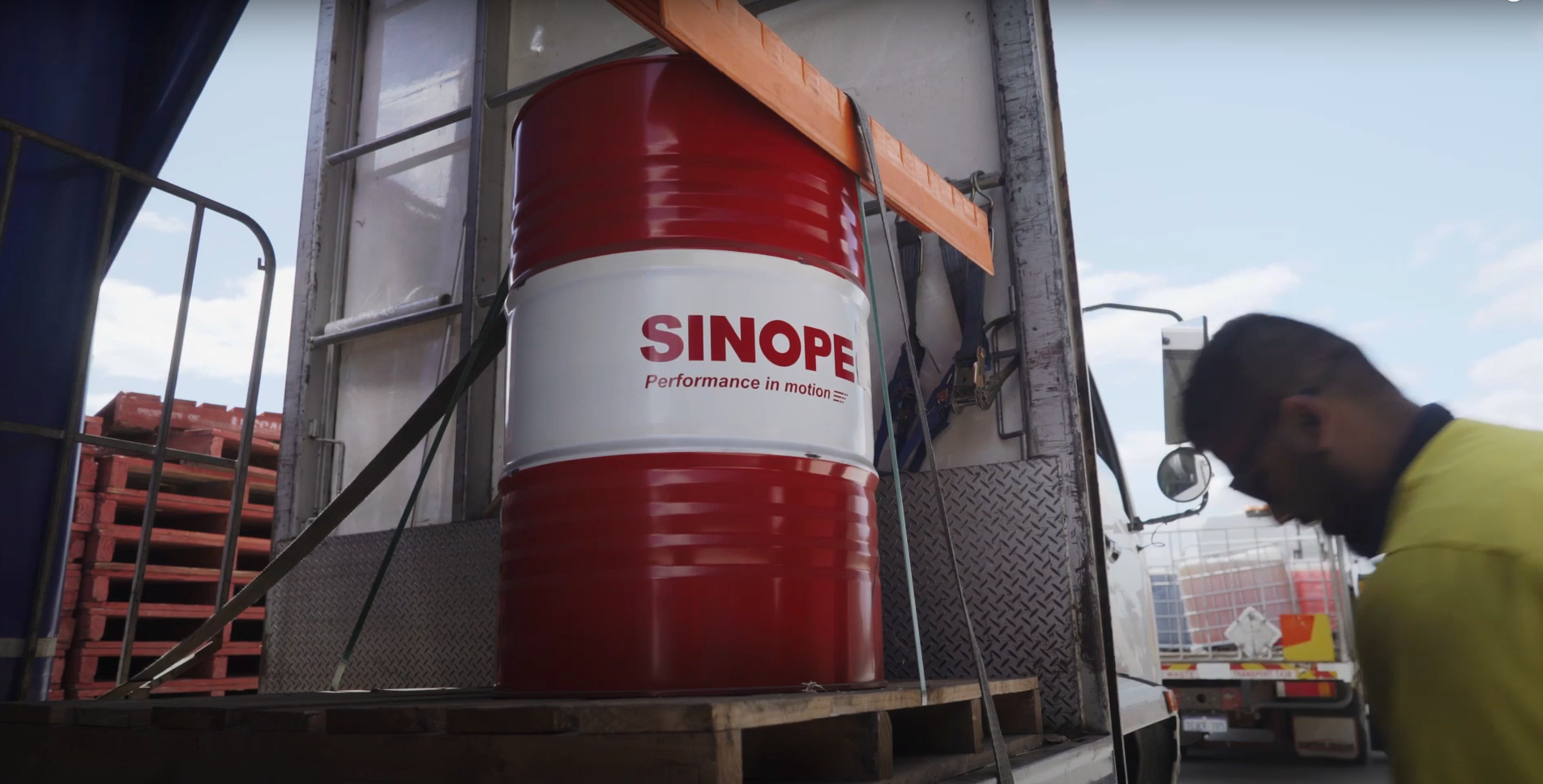Systematically Selecting the Best Grease For Equipment Reliability
View: PRICE LIST
Call: 1-855-405-6789 for technical support
Grease is the lubricant of choice for millions of bearings and machine elements. Yet, the selection and specifications of grease compositions and properties require careful consideration of certain guidelines for optimum performance and long life.1,2
While concentrating on grease for bearing applications, the guidelines provided here should also be useful for other machine elements. In addition to lubrication, auxiliary grease needs may include rust protection, sealing and antiwear properties. Both the base oil and the thickening agent can be selected over wide ranges to match the needs in bearings as well as in gears, pivots, couplings, guides and other machine elements.
Ball and Roller Bearings. For design simplicity, decreased sealing requirements and low maintenance, grease is typically the first choice for lubricating small and medium rolling-element bearings. These include applications in electric motors, household appliances, machine tools and agriculture and construction equipment, as well as automotive and aircraft accessories.
Journal Bearings and Sliding Contacts. Greases commonly lubricate heavily loaded sliding surfaces at low surface speeds up to 10 to 20 feet per minute and when cooling is not needed. In applications involving lubrication of earthmoving machinery, such as excavators and bulldozers, grease lubricates a series of cylindrical journal bearings (pin bushings) and track links used in the undercarriage of these enormously heavy machinery that help propel them forward. The need for heavy load-carrying capacity (static, vibratory and shock loads) requires a thicker film than oil can provide at moderate speeds. Other factors favoring grease selection include low maintenance and space restriction for supplying lubricants to journal bearings. In applications involving sliding bearing surfaces, bulk grease properties commonly determine performance, without the oil's viscosity playing as dominant a role as in ball and roller bearings.
Because many journal and thrust bearings need a greater lubricant supply, grease cannot always meet their lubrication needs. Grease is not an option for the bearings of a large steam turbine-generator in a power house that requires more than 1,000 gallons per minute of oil for cooling and lubrication. On a smaller scale, grease is also incapable of supplying the needs of sleeve bearings in either automobile engines or industrial electric motors and their associated equipment.
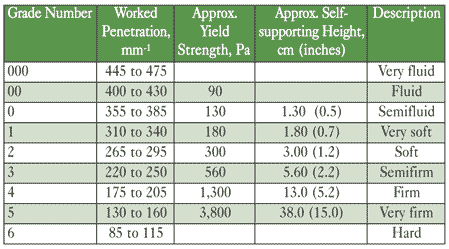
Table 1. NLGI Consistency Classification
Grease Composition
Grease should contain the same type and viscosity of oil that would normally be used by itself. The gelling agent is then selected for its ease in compounding the grease, for stability over a wide temperature range, water resistance and mechanical stability under shearing action.
Oils in Greases
Petroleum mineral oils are used in more than 98 percent of current greases. For the low evaporation rate needed for maximum service life, combined with utility down to subzero temperatures, these oils are commonly selected in the SAE 20 to 30 viscosity range with a 40°C (104°F) viscosity of about 100 to 130 cSt. For multipurpose factory use, oils in the 150 to 220 cSt range are a common choice.
This viscosity selection is confused by the common practice in grease manufacture to blend higher and lower viscosity base oils to achieve the desired viscosity. For a 110 cSt base oil at 40°C, for instance, the lighter oil used in blending might be in the 40 to 75 cSt range, the heavier at 175 to 200.
Higher viscosity oils up to 900 cSt at 40°C are utilized for slow-speed, heavily loaded journal bearings, gear drives, couplings, pivots and guides operating primarily in boundary lubrication regimes. They are typically compounded with extreme pressure additives for high contact stress at relatively low speeds. In traditional ball bearing applications, however, incorporating these high-viscosity oils commonly results in lower grease mobility, noisy operation, higher torque, shorter service life and restricted low-temperature range.
Less viscous oils with a 40°C viscosity ranging to about 25 to 50 cSt in specialty greases allow operations in lower temperatures and freer oil feeding to cage and rolling element bearing surfaces which enables higher ball bearing speeds. As a long-term effect, faster evaporation of this lower molecular weight oil accelerates drying of the grease to shorten long-term grease life at elevated temperatures.
Synthetic oils are used in one to two percent of current grease production where their higher cost is justified by unusual temperatures below about -18 to -29°C (0 to -20°F), or above about 116 to 127°C (240 to 260°F) or other demands not readily met with conventional mineral oils. While synthetic hydrocarbons (PAOs) and ester fluids have the greatest volume production, nearly all synthetic fluids have been used.
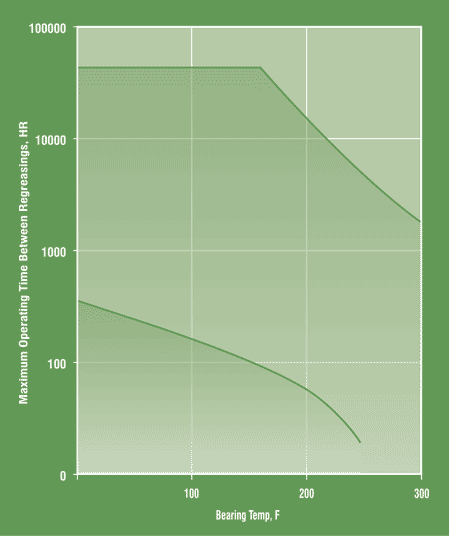
Figure 1. Guidelines for Bearing Regreasing Intervals with Mild Operating Conditions
Thickeners
Common agents used to gel the lubricating oil phase are the fatty acid soaps of lithium, calcium, sodium and aluminum in concentrations of 6 to 20 weight percent. The lithium soaps are water resistant, and their original operating temperature limit range of 110 to 125°C (230 to 257°F) range has been increased to 150 to 175°C (302 to 347°F) by introducing a portion of low molecular weight organic acid as a complexing agent in creating the soap. Since their introduction in 1942, the broad service range of lithium soaps has expanded, making up 72 percent of the total market today.
Various nonsoap, nonmelting powders are increasingly being used for high-temperature service. Polyurea powders with low noise properties have become a common choice for premium electric motor greases. Their mechanical stability, combined with their nonmelting characteristic, makes them suitable for use in ball bearings for small to medium electric motors that are often expected to operate over a wide temperature range without regreasing. Polyurea grease can also satisfy the high-temperature needs in furnaces and conveyors in steel mills and railroads, as well as marine applications up to about 175°C (347°F). Fine bentonite clay particles are also used in mineral oil greases and synthetic hydrocarbon greases, which are employed in U.S. Navy and nuclear power plant applications.
Additives
Chemical additives similar to those used in lube oils are included in greases to improve oxidation resistance, rust protection and wear resistance. Amines, phenolics and sulfur oxidation inhibitors at 0.1 to 1.0 percent concentration extend both shelf life and operating life. Although most greases offer some inherent rust protection, additives are commonly used for enhanced water and salt spray protection.
Extreme pressure additives are not necessary for most ball bearing applications, but various sulfur and phosphorous additives are needed to minimize wear at low speeds and oscillating loads in steel rolling mills, gears, bushings and sliding contacts involving boundary lubrication. Solid powders of molybdenum disulfide, graphite, zinc oxide and talc are also added as fillers for extreme conditions of boundary lubrication.
Typical Property and Bench Tests
While direct correlation with field performance is often difficult, the following test procedures are useful in preliminary evaluation of potential greases.
Dropping Point (ASTM D566 and D2265)
Temperature at which a drop of grease will fall from the bottom orifice of heated test cup, commonly reflects the change from a semisolid to a liquid state. As a general rule, the maximum usable temperature of a grease is at least 25 to 50°F below this drop point.
Evaporation Loss (ASTM D972 and D2595)
Oil loss from grease at high temperatures can lead to premature hardening and loss of lubricating properties as the higher volatility (lower viscosity) portion of the mineral oil in a grease evaporates. This high-temperature evaporation increases progressively for mineral oil components as their viscosity drops below approximately 75 cSt viscosity at 40°C. Evaporation of 2 percent in 22 hours at 100°C (212°F) is a common specification limit for premium mineral oil greases and ranges down to 0.4 percent for synthetics.
Bleeding (Federal Test Method 321.2)
Percentage of oil separating from a grease sample held in a wire cone is commonly measured after 30 hours at 100°C. A 2 to 5 percent range is often desirable. Lack of bleeding characterizes a grease which fails to supply adequate lubrication to rolling-element bearing surfaces and may result in noisy operation. Excessive bleeding leads to leakage and shortened grease life.
Oxidation Stability (ASTM D942)
Grease is exposed to pure oxygen at 110 psi at 99°C in a "bomb" for 100 to 500 hours. A decrease in oxygen pressure provides a preliminary indication of grease life in extended storage, prelubricated bearings and in high-temperature service. Maximum pressure drop in the bomb may be specified in the range of 3 to 25 psi in 100 hours, and 25 to 50 psi in 500 hours.
Wear and Extreme Pressure Properties (ASTM D2509, D2266 and D2596)
The Timken test (ASTM D2509) loads a carburized steel test block against a rotating tapered roller bearing cup under a series of loads to obtain "OK" and limiting "score" loads. Typical OK loads of 40 pounds for multipurpose greases range up to 60 pounds for some EP greases.
Both wear and extreme pressure properties can be evaluated in similar four-ball tests using a half-inch rotating top steel bearing ball loaded on a cradled nest of three stationary balls immersed in the test grease. ASTM D2266 wear test measures scar diameter on the stationary balls after running one hour with 40 kg load. Wear scars range from approximately 0.4 to 0.6 mm at 1,200 rpm at 75°C (167°F). ASTM D2596 evaluates extreme pressure additive qualities by increasing load steps to seizure at the weld point, which ranges up to 400 to 500 kgf.
The linear oscillatory friction tester (SRV) oscillates a steel ball on a disk while continuously recording the friction coefficient. Test frequency, stroke, temperature and specimen material and shape can vary to simulate field conditions. Limiting load at seizure is a useful measure of the EP and antiscuffing property of the grease.
Ball Bearing Grease Life (ASTM D336 and D1741)
Various customized ball bearing life tests at elevated temperatures have been developed to simulate automotive wheel bearings, electric motor bearings, military units and other equipment. ASTM D3336 runs a greased 204 (20 mm bore) ball bearings at 10,000 rpm at an elevated temperature either to failure or to a specified running time. Results at these high speeds and temperatures can be misleading: insufficient oil bleeding or excessive channeling could result in early high-speed failure of a NLGI Grade 3 long-life grease that would otherwise be ideal for sealing and for low-speed bearings.
ASTM D1741 uses a 306 (30 mm bore) ball bearing at 3,600 rpm to evaluate grease life at 125°C (257°F) for electric motor bearings and similar industrial uses. A lifespan of 10,000 hours can be expected with premium Grade 2 lithium and polyurea greases.
Selecting Consistency
Grease stiffness is a primary factor in grease selection. This is measured from the depth a standard cone that has sunk into the grease at 25°C (77°F) after being worked 60 strokes by a perforated steel plate plunger (ASTM D217). This worked penetration is the basis for the consistency classification in Table 1 developed by the National Lubricating Grease Institute (NLGI). Also listed are the approximate yield strength and corresponding self-supporting height to be expected for grease in each penetration range.
The three softest grease grades - 000, 00 and 0 - are semifluid at room temperature. Their application is limited to centralized lube systems and multiple-row tapered roller bearings, gearboxes and similar applications to minimize lubricant leakage while providing ready flow to renew grease films. At the other extreme, Grades 5 and 6 are hard-brick greases occasionally used in block form for such applications such as the sleeve-bearing boxes in kiln cars and paper machines.
Most common are Grade 2 greases. They are soft and oily to provide the lubrication needs of most bearings, yet they offer sufficient stiffness to avoid mechanical churning that would break down their gel structure. Stiffer Grade 3 greases are used in many prepacked double-sealed ball bearings where the grease is held in close proximity to the churning action of the ball complement. This grade is also used in large bearings where the supported grease depth exceeds 13 cm (1.2 inches) and when vibration occurs. In large grease cavities, Grade 2 grease tends to slump into the rotating ball or roller assembly, causing churning and mechanical breakdown of the grease gel structure.
Apparent viscosity of a grease at low shear rates below 10 s-1 (separating clearance gap in inches divided by inches/second surface velocity) is approximately equal to the yield value divided by the shear rate. This apparent viscosity drops rapidly as shear rate increases to around 1,000 s-1. The statically stiff grease then exhibits an apparent viscosity of only about 1.5 to two times that of its base oil in ball and roller bearings where shear rates range up to 1,000,000 s-1.
Operating Grease Life Factors
During an extended operating period, the oil content of the grease slowly dissipates through creep, evaporation and oxidation. As the grease dries, it stiffens and darkens with its loss of the ability to lubricate.
To obtain extended operating periods, an oxidation inhibitor is essential in premium and multipurpose greases, along with their usual rust inhibitor. The common antiwear and extreme pressure additives in these greases greatly reduce the oxidation life and correspondingly require more frequent relubrication in ball and roller bearing service.
Before adopting a grease for general use, study trials should be conducted in the actual applications. These trials should be conducted under severe conditions including high temperature, water spray, overpacked in a bearing or mixed with existing grease. High power loss, high temperature increase, leakage, wear, or noisy operation indicates inadequate performance. During operation, periodic checks for drying of the grease, higher acidity, or darkening color should raise questions concerning long-term performance.
Ball and Roller Bearings
With premium ball bearing greases, grease life involving mild operating conditions with temperatures up to 70°C commonly runs about 40,000 to 45,000 hours with 10 percent of failures. During this period, about half of the initial oil content of the grease is lost, resulting in the need for grease replacement as the bearing friction and noise slowly increase as failure approaches. For maximum reliability, the regreasing interval should be reduced to about half of this time.
For bearing temperatures above 70°C (158°F), grease life (L) in hours tends to drop by a factor of 1.5 for each 10°C (18°F) increase in the following pattern, also shown in Figure 11,3:
Log L = -2.60 + 2450/(273 + C)
Life at any bearing temperature also drops to about half of that in Equation 1 as the bearing DN speed factor (mm bearing bore "D" × shaft rpm "N") increases to the 250,000 to 300,000 range. Above this "limiting speed" for grease lubrication, centrifugal throw-off of grease from the bearing surfaces and a need for quicker replenishment of lubricant films on contact surfaces leads to erratic performance and short life.
Journal Bearings and Other Sliding Contacts
Grease lubrication is used for pins, bushings, sliding contacts, as well as journal bearings experiencing shock loads, frequent starts and stops or reversing direction. In such cases, grease provides a thicker lubricant film than oil and protects against wear during the boundary lubrication.
Typically, a Grade 2 grease is employed with a base oil viscosity in the 150 to 220 cSt range at 40°C (104°F). Higher viscosity base oils, EP additives and solid additives are used for low speeds, high loads and high temperatures.
Grease used in a plain bearing must be replenished periodically. The frequency needed for regreasing depends on the lubricating efficiency of the grease, its thermal stability and the rate at which wear debris is produced. Bearing temperature has the strongest influence on grease life. As with ball bearings, higher temperatures increase the rate of oil loss from the grease structure through oxidation, creepage and evaporation. With drying, grease tends to thicken and lose its ability to distribute itself in the bearing and replenish boundary films. Figure 1 provides recommended times of continuous operation for applications such as sleeve bearings in farm and construction machinery as a function of bearing temperature.4
Another concern with heavily loaded construction machinery is their oscillatory nature of operation - a condition that can be more severe than continuous, unidirectional speeds typical of most machines. Here, galling or scuffing failure can be a concern. Experiments show that friction coefficient can suddenly increase after a number of cycles with little warning.
Finite element computer simulations and laboratory experiments indicate that after a number of cycles the contact temperature can suddenly increase to exceeding values where scuffing failure or seizure becomes imminent. The sudden increase can be induced by wear of the protective layer, introduction of wear particles in the contact or a sudden change from external sources such as shock. Oscillatory speeds under low amplitudes and high frequency can also restrict replenishment of grease into the contact, causing fretting failure as well as false brinelling.
While grease lubrication is impractical above 10 to 20 ft/min surface velocity, this limit is extended with continuous feed systems applying semifluid NLGI 00, 0, or 1 grades. As a rule of thumb, sufficient grease should be fed to coat the contact area with a 0.07 mm-thick (0.003 inch) lubricant layer every hour.

